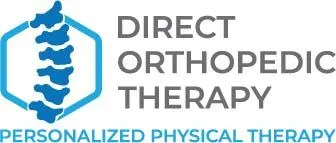Sports contact, car accidents, and even childbirth can cause a brachial plexus injury, though they are rare occurrences. Paralysis of the upper limbs can occur in the most severe cases, and it might take months to recover and regain mobility.
Brachial Plexus: What exactly is it?
Each of the five portions of the brachial plexus (trunks, cords, roots, divisions, and branches) ends in a peripheral nerve that supplies sensation to the shoulder, arm, and hands. As they leave the spinal cord and make their way to the upper limbs, these roots form a web of connections. Due to the presence of these connections, the impulses conveyed to the arms and hands are more reliable. Therefore, if one section of the spinal cord is damaged or wounded, several signals can be delivered from the spinal cord to the same spot.
Come to have your therapy…
Symptoms of Injuries to the Brachial Plexus:
Damage to the brachial plexus can result in several symptoms, ranging from mild to severe. The extent and location of the injury determine the clinical picture.
In some circumstances, a tingling or stinging sensation may be felt. For example, in more severe forms of neuropathy, some muscles in the forearm, upper arm, and shoulder can become paralyzed. As a result, these individuals may report feeling heaviness or weakness in their arm that corresponds to the portion of the body that has been affected.
Some patients may lose or modify sensation in their upper limbs as a result of a brachial plexus injury. Finally, the patient may develop Horner’s Syndrome if the sympathetic nerves are damaged. This will result in ocular constriction (miosis), drooping of the upper eyelids (ptosis), and a lack of sweating (anhidrosis).
Learn more about our services…
Treatment for Injury to the Brachial Plexus:
Physical therapy can assist persons with milder brachial plexus injuries and those who have undergone surgery to repair a nerve in the brachial plexus. However, people in this situation will need extensive physiotherapy treatment to regain their ability to carry out their daily activities.
Brachial plexus injury treatment includes:
- Keeping afflicted areas mobile by passive and active range of motion
- Strengthening and regaining muscle mass through physical activity. Strengthening the body to keep up with the demands of daily life is another crucial goal. Strength will also assist in the prevention of future upper limb injuries.
- Calm the nerve system and alleviate pain by using acupuncture methods.
- Pain, limited motion, edema, tightness, and exhaustion are all symptoms that can be managed during recuperation.
- Therapists can recommend and design assistive devices to make everyday tasks simpler if necessary. Catch on to our therapists.
Conclusion:
A brachial plexus injury can cause many negative consequences, but physiotherapy can help alleviate some of them. In addition, your therapists can help if you have a brachial injury or believe you might have one.


